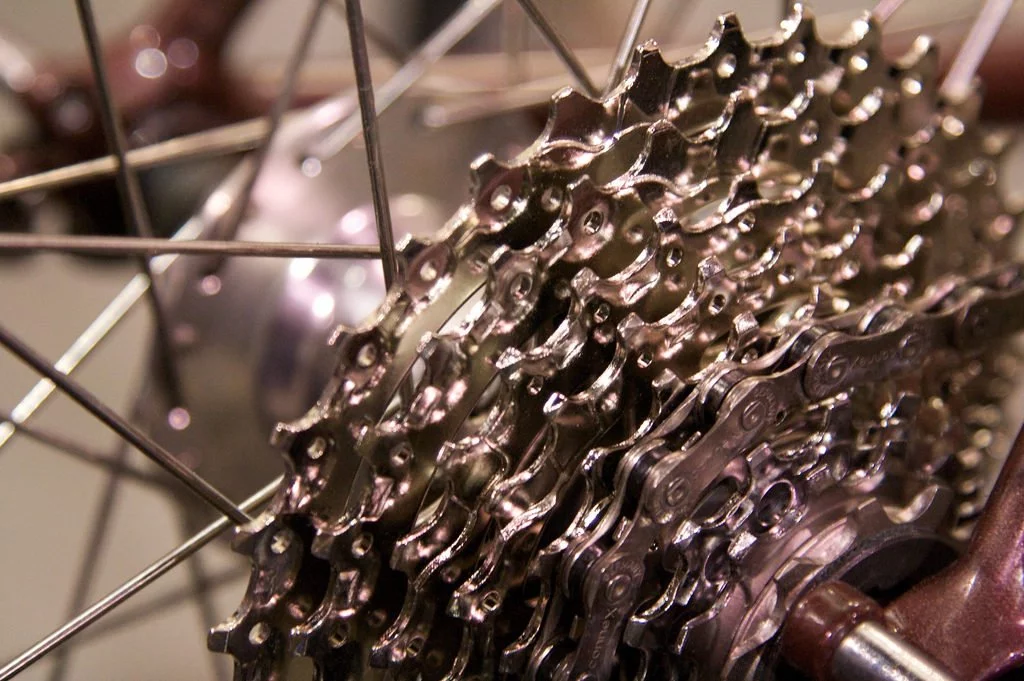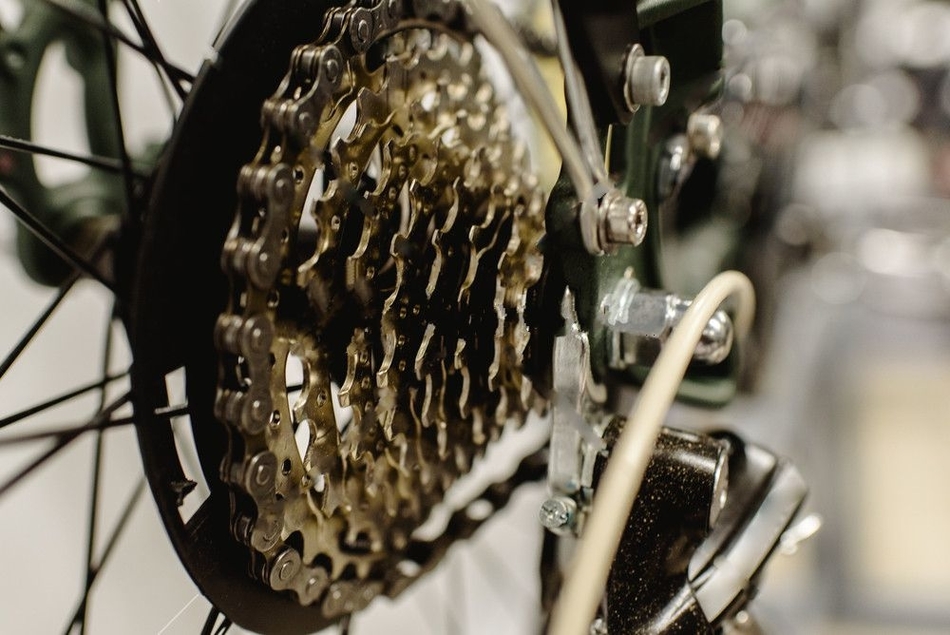Mountain Bike Gear Numbers Explained
If you're searching for video and picture information linked to the keyword you've come to pay a visit to the ideal blog. Our site gives you hints for viewing the maximum quality video and picture content, search and find more enlightening video content and graphics that fit your interests.
includes one of thousands of movie collections from several sources, especially Youtube, therefore we recommend this movie for you to see. It is also possible to contribute to supporting this site by sharing videos and graphics that you enjoy on this site on your social networking accounts like Facebook and Instagram or educate your closest friends share your experiences concerning the ease of access to downloads and the information you get on this site. This site is for them to visit this site.

What gears to choose for my bicycle.
Mountain bike gear numbers explained. Two common choices among mountain bike riders are the 1x11 and the 2x10. The gear you re in is a simple ratio of the number of teeth on the chainring to the number of teeth on the sprocket in use. 50 11 4 55 this is expressed as 4 55. As such it is essential to understand how to operate those for a better ride.
This measurement reflects the number of wheel revolutions that are given per pedal cycle. Thus a bike with two front chainrings and 10 cogs in its rear cassette would have a total of 20 gears. You may be fortunate to know top bottom of the functions of the gears as you are riding your bike for a long time but not everybody did get that privilege as yours. Old school 3 9 or more and more popular 2 10 or perhaps the newest addition by sram xx1 1 11 or any other options.
For example with a 32 tooth ring and 16 tooth cog your ratio is 2 1. To get our gear ratio we divide the number of teeth on the front by the number on the back. What combination is best for hilly courses technical courses or flat ones. A bike with nine gears at the cassette and three at the crankset is a 27 speed.
The one or two refers to the number of chainrings on the front of the drivetrain while the second number 10 or 11 refers to the number of cogs on the cassette in the rear of the drivetrain. A 32 tooth chain ring with a 16 tooth sprocket gives you a 32 16 ratio or 2 1. 1 meaning that for every 1 turn i make of the pedals at the front i will turn the back wheel 4 55 times. However the number of gears can be a bit of a.
More than ever people ask nowadays. The number of gears on your bike is as simple as multiplying the number of front chainrings by the number of cogs in the rear cassette. Nowadays almost all bikes whether a road bike a mountain bike or a commuter bike comes with gears. To figure out the number of gears you have simply multiply the number of chainrings at the front by the number of cogs on your cassette at the back.


















